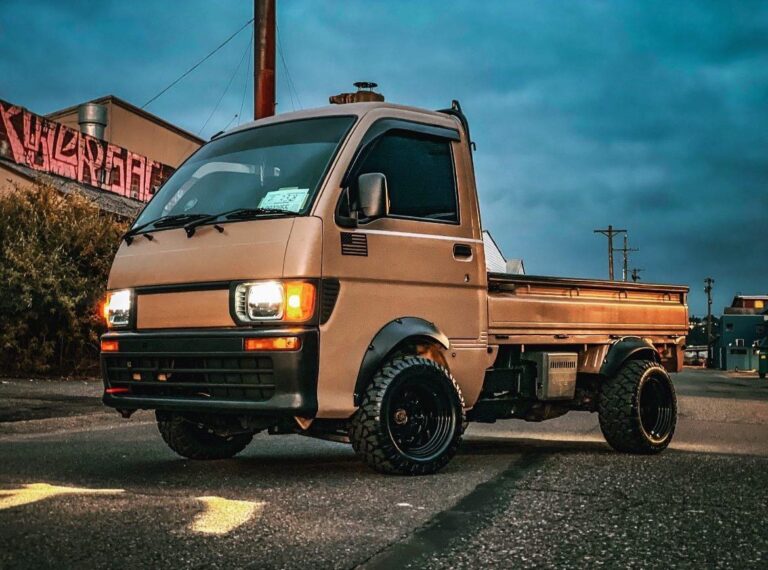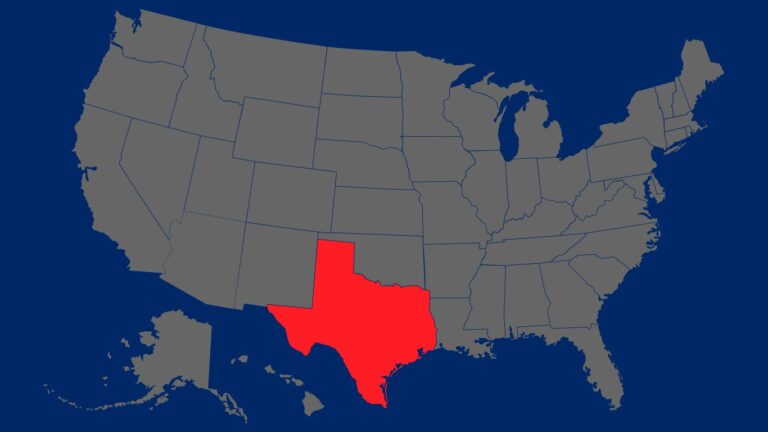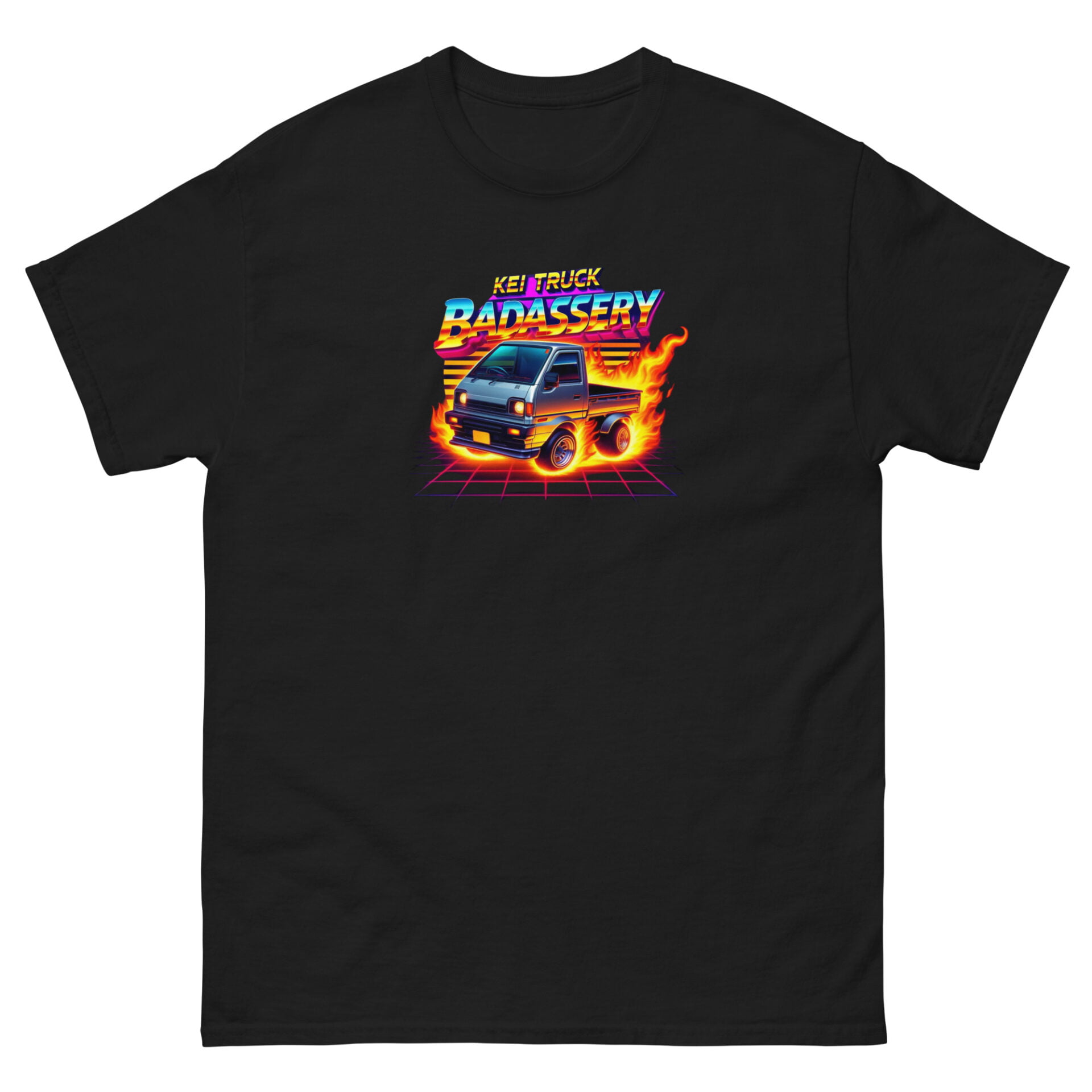The automotive landscape is witnessing an innovative shift with the introduction of EV Kei vans in development, blending traditional Japanese vehicle design with the latest electric vehicle technology. These compact and versatile vans are tailored to meet Japan’s strict Kei van regulations while offering the environmental and economic benefits of electric propulsion. With rising urbanization and an increasing emphasis on sustainability, EV Kei vans are emerging as a smart solution for city transportation. Leading manufacturers are unveiling models that promise to deliver not only on emissions-free driving but also on the added functionality that modern urbanites and businesses desire. This article delves into the current market trends, technological advancements, and the future outlook for electric Kei vans, highlighting their potential to transform urban mobility and contribute to a cleaner, more efficient transportation ecosystem.
Introduction to EV Kei Vans
What Are Kei Vans?
Kei vans are a category of small vehicles in Japan, known for their compact size and efficient space utilization. These vehicles stick to Japanese kei car regulations, which set limits on dimensions and engine capacity. Sticking to these standards means owners can enjoy tax and insurance incentives. Kei vans are versatile, serving as a flexible option for your urban transportation needs.
The Rise of Electric Vehicles (EVs)
The automotive industry is experiencing a major shift with the rise of electric vehicles (EVs). These vehicles are becoming more popular as a way to slash carbon emissions and cut down on fossil fuel use. In 2022, EV sales topped 10 million units and are expected to keep climbing. This surge is supported by government policies, financial incentives, and rising oil prices, making EVs a more appealing choice than traditional gasoline-powered vehicles.
Advantages of EV Kei Vans
EV kei vans offer several advantages over their gasoline-driven counterparts. They don’t emit pollutants, leading to cleaner air and a reduction in greenhouse gas emissions. The small size of Kei vans, combined with the silent and smooth performance of electric motors, makes them ideal for navigating tight urban spaces. Plus, their vehicle-to-load (V2L) capability lets these vans act as portable power stations, which is incredibly useful in disaster response scenarios.
Current Market Overview
Electric kei vans are gaining ground, with various manufacturers unveiling their models and launch plans. Honda has introduced the all-electric N-Van e:, which keeps the features of its gasoline model while adding an electric powertrain. Set to hit the market this upcoming spring, it promises a range of over 130 miles and can reach an 80% charge in just 30 minutes. The N-Van e: will be available in several configurations to meet both cargo and passenger needs and will include advanced driver assistance systems in its top-tier models. For more information visit the Honda website here.
Mitsubishi is revamping its Minicab platform with the upcoming Minicab EV, expected to debut in 2024. This new model will come with a more powerful electric motor and a larger battery, offering a range of up to 112 miles on a single charge. It’ll be available in both two- and four-seat versions, with fast-charging capabilities that can replenish 80% of the battery in 42 minutes. For more information visit the Mitsubishi website here.
HW Electro, reportedly Japan’s first commercial EV manufacturer, has unveiled the Puzzle concept, a lightweight electric minivan with a focus on disaster relief. The Puzzle is set for a US release in 2025 and features a minimalist cabin with two seats, a digital dashboard, and a touchscreen for the infotainment system. It also includes solar panels to extend battery life and compartments designed for emergency kits, USB ports, and power outlets. For more information visit the HW Electro website here.
The market for electric Kei vans is on the cusp of growth, with these vehicles poised to play a key role in the shift towards a greener and more efficient transportation system. As manufacturers keep innovating and introducing new models, you can look forward to a wider selection of electric Kei vans that suit your specific needs and preferences.
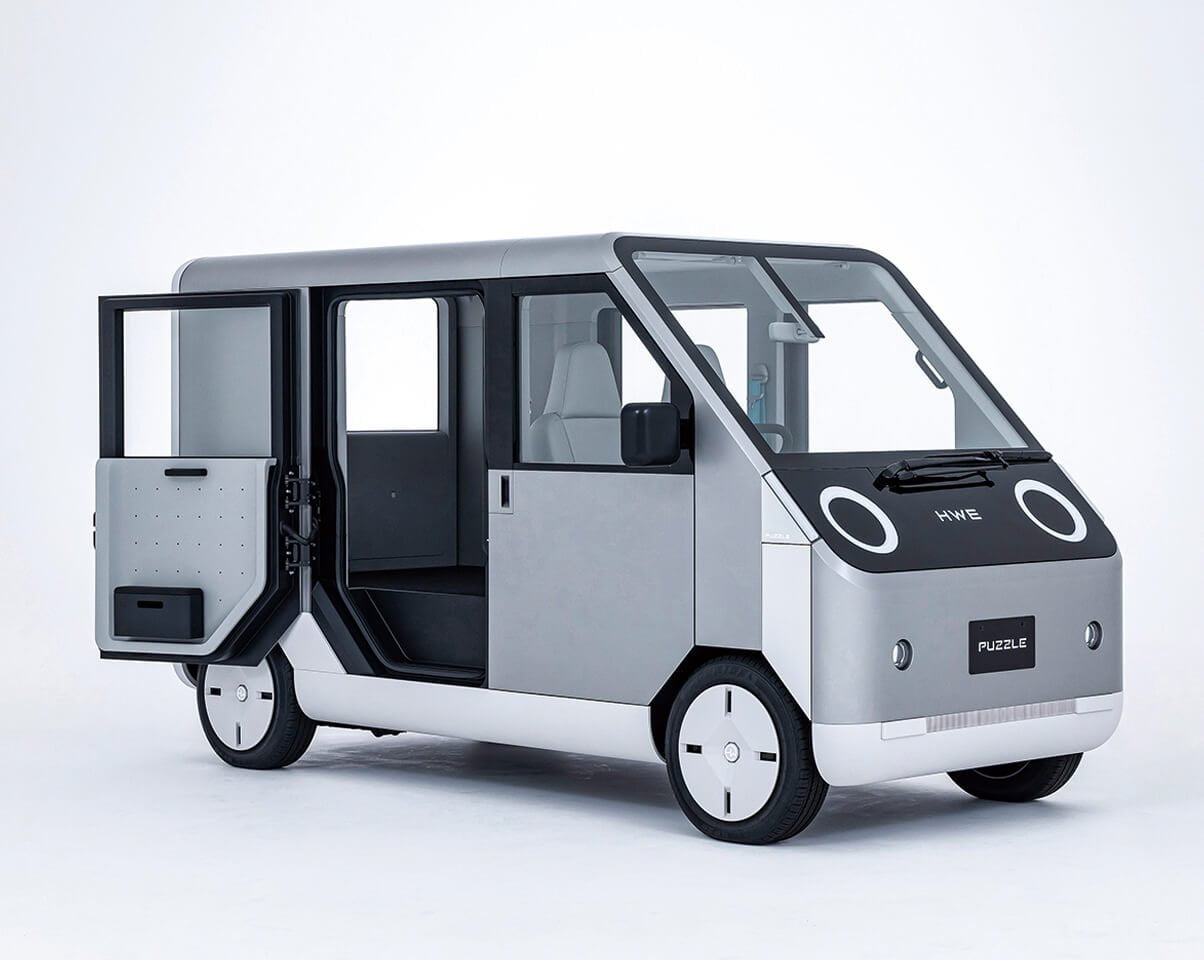
Latest Developments in EV Kei Vans
Technological Innovations
Innovations continue to emerge, with the Puzzle exemplifying the sector’s ingenuity. This concept van is equipped with features that support its dual role as a transport vehicle and a mobile power source in emergencies. Its interior is designed for functionality, with a focus on maximizing space and providing a user-friendly interface.
The Puzzle’s integration of solar technology to augment its range is a testament to the industry’s dedication to sustainable practices and energy independence.
Overview of New Models in Development
The pace of new model introductions is accelerating. Toyota, Daihatsu, and Suzuki are collaborating to produce a new electric Kei van, leveraging their collective expertise. This collaboration is anticipated to result in a model that is well-suited for urban commerce, with availability projected for late 2023 (as of writing this blog post in 2024 we haven’t seen any updates on this projected timeline). This vehicle will be based on the S700 series Daihatsu Hijet Cargo van, exemplifying the benefits of shared platform development. For more information you can visit the Toyota website here.
Key Players and Manufacturers
The market features a dynamic mix of established and new players. The collaboration between Toyota, Daihatsu, and Suzuki is a significant move by these veterans. Their collective efforts are not only focused on domestic markets but also on international expansion, as demonstrated by HW Electro’s ambitions for the North American market. However, they may encounter challenges such as import tariffs, which could influence the Puzzle’s market entry.
Government Incentives and Regulations
Policies from the Japanese government are instrumental in driving the EV market forward. With the goal of having all new cars sold by 2035 be environmentally friendly, the government is providing substantial subsidies for the purchase of EVs. These incentives, along with the burgeoning Japanese EV market, create substantial opportunities for American enterprises specializing in battery technology, vehicle-to-grid systems, and charging solutions. This synergy of innovation, collaborative production, and policy support is fostering the growth of EV Kei vans.
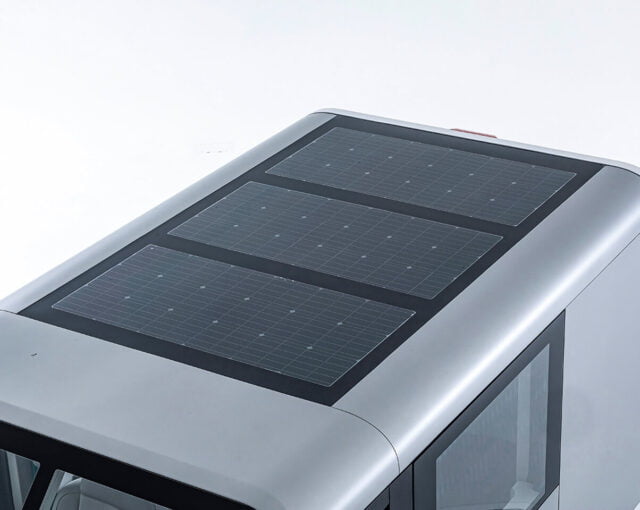
Design and Features of EV Kei Vans
Compactness and Maneuverability
These vehicles maintain their heritage of maximizing limited space. The Minicab EV retains the kei van’s hallmark dimensions, enhancing its suitability for congested cityscapes.
The HW Electro’s Puzzle exemplifies this design philosophy, with its length of 3,395 mm and width of 1,475 mm, facilitating navigation through busy streets.
Battery Life and Charging Solutions
The Minicab EV now offers a 25% increase in battery capacity, enabling an estimated range of up to 180 km.
Its 20-kWh battery can be fully charged in 7.5 hours from a 200-V AC source, and it supports DC fast-charging, which can replenish 80% of the battery in just 42 minutes. Regenerative braking further enhances battery efficiency.
The MEV-Van concept from Honda introduces swappable battery technology, utilizing the Mobile Power Pack e modules for quick replacement, which could significantly benefit companies requiring minimal vehicle downtime.
Interior Design Innovations
The Puzzle’s interior prioritizes straightforwardness and practicality, with seating for two, a digital dashboard, and a touchscreen infotainment system. It includes features such as a first aid kit, USB ports, internet connectivity, and AC power outlets accessible from the exterior.
The vehicle’s clever use of space is evident in the inclusion of a hidden crowbar under the rear floor, indicating readiness for various situations.
Safety Features Specific to EV Kei Vans
The Minicab EV is equipped with a range of safety technologies.
Features include automatic high beam, lane departure warnings, ABS, and hill-start assist, as well as collision mitigation with pedestrian detection, parking sensors, SRS airbags, and three-point safety belts.
Kei vans are generally safe when used as intended, and the addition of systems like Smart Assist, keyless entry, and GPS further enhances their safety. Proper loading and operation are crucial for maintaining stability and brake effectiveness.
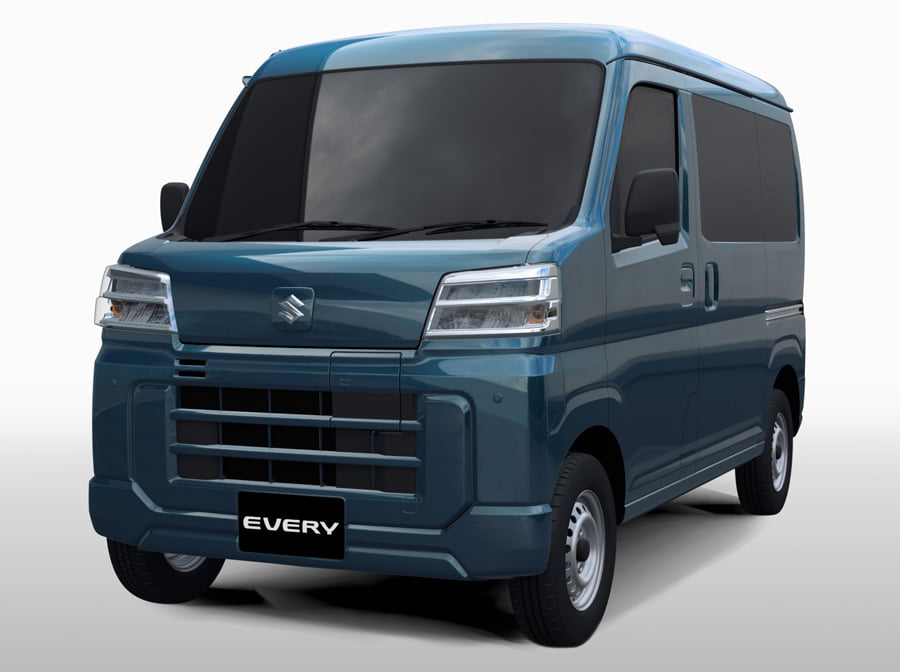
Environmental and Economic Impact
Emission Reduction and Sustainability
The Puzzle’s integration of photovoltaic panels is a clear indication of the industry’s commitment to renewable energy sources. The collaboration between Suzuki, Daihatsu, Toyota, and CJPT is also a strategic move towards Japan’s environmental targets.
Running Costs Comparisons
Owners of EV kei vans like the Puzzle can expect lower operational expenses. The electric motors’ superior efficiency translates to cost savings on energy, and the reduced mechanical complexity of EVs suggests fewer maintenance requirements over time.
Impact on Urban Transportation
EV kei vans are set to revolutionize city logistics with their ability to maneuver through congested areas. The Puzzle’s design, featuring accessible cargo doors, positions it as a practical choice for urban deliveries, while contributing to quieter cityscapes.
Potential for Business and Commercial Use
The Puzzle’s onboard connectivity and power supply capabilities demonstrate its dual function as a transport solution and a mobile hub for various applications. The joint venture’s focus on mini-commercial BEVs for projects in Fukushima Prefecture and Tokyo reflects a targeted effort to integrate EVs into commercial operations, signaling a shift towards more sustainable commercial transport solutions.
The Future of EV Kei Vans
Market Predictions and Trends
Interest in compact electric vehicles is on the rise, as evidenced by the increasing market share of electric Kei cars, which climbed to 3.3% of the total Kei car market in 2023. The Nissan Sakura, a Kei car, became the top-selling EV in Japan for the fiscal year 2022, highlighting a growing preference for these types of vehicles.
To further encourage the adoption of EVs, the Japanese government has updated the Vehicle Weight Tax (VWT) to favor EVs and hybrid vehicles from January 2024. Additionally, a flat annual tax rate is applied to EVs and fuel cell vehicles, complemented by subsidies for the purchase of Clean Energy Vehicles (CEVs), with potential savings of up to 800,000 Japanese Yen per vehicle.
Potential Challenges and Solutions
Challenges such as the underdeveloped charging infrastructure could slow the expansion of the EV Kei van market. With approximately 30,000 charging stations as of 2021 and a global lag in the growth of public charge points, Japan is working to address these issues. The government has revised its target for charger installations to 300,000 by 2030, doubling the initial goal. This is part of the Green Growth Strategy, which is supported by a supplementary budget of ¥12.5 billion for e-mobility initiatives, aiming to enhance the charging experience and meet the satisfaction levels of consumers.
Consumer Adoption and Public Perception
The adoption of EV kei vans is influenced by factors such as government incentives, vehicle affordability, and the driving and charging experience. The range of options from major Japanese automotive brands, coupled with the environmental advantages of EVs, is shaping public perception. Corporate use of electric delivery vans, like those by DHL Express in Japan, also plays a role in influencing consumer attitudes.
The Role of Infrastructure Development
The ambitious goal to significantly increase the number of chargers by 2030 is crucial for the widespread adoption of EV kei vans. The supplementary budget for e-mobility reflects a strong commitment to improving the current infrastructure. Opportunities for U.S. companies in areas such as lithium-ion batteries, solid-state batteries, battery management and analysis, V2G technology, end-life battery technology, and charging infrastructure are expanding as Japan progresses towards its goal of 100% EV sales by 2035.
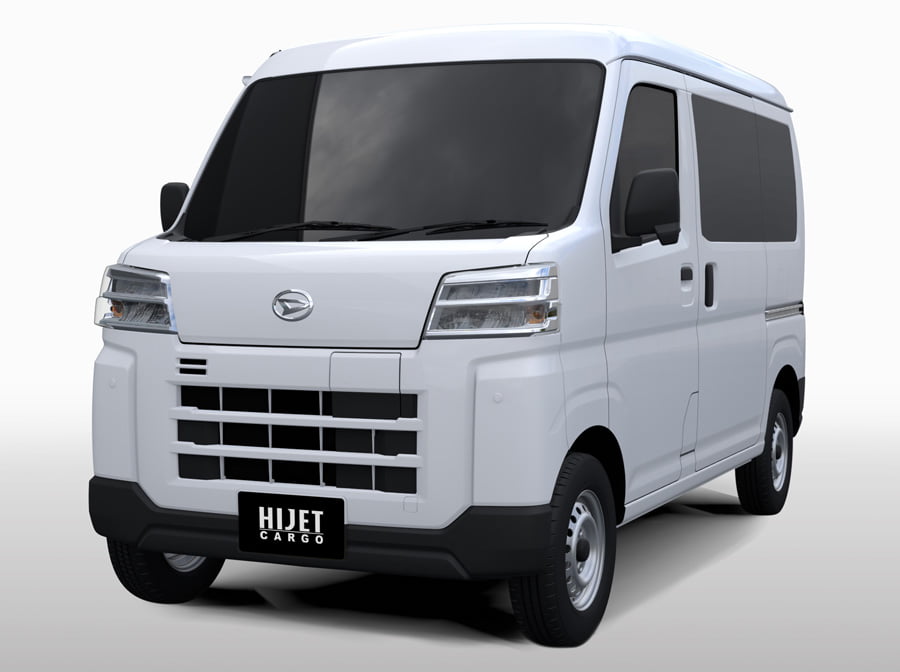
The Road Ahead for EV Kei Vans
With every new model unveiled, the future of electric kei vans becomes ever more promising. Companies are leveraging their expertise to deliver a fleet that’s not only environmentally friendly but also economically advantageous. Each advancement, from the compactness of the Puzzle to the Minicab EV’s enhanced battery life, signals a turning point in urban mobility.
Prospective buyers and enthusiasts alike can anticipate an era where the roads will buzz with the silent engines of EV kei vans, contributing to a cleaner atmosphere and a quieter, more efficient city life. Whether utilized for business deliveries or personal transport, these vehicles are set to be an integral part of the automotive landscape.
The collaborative efforts of manufacturers and policymakers are steering us towards a future ripe with innovation and sustainability. The electrification of the kei van is not just a trend; it’s a transformative movement driving us forward.

